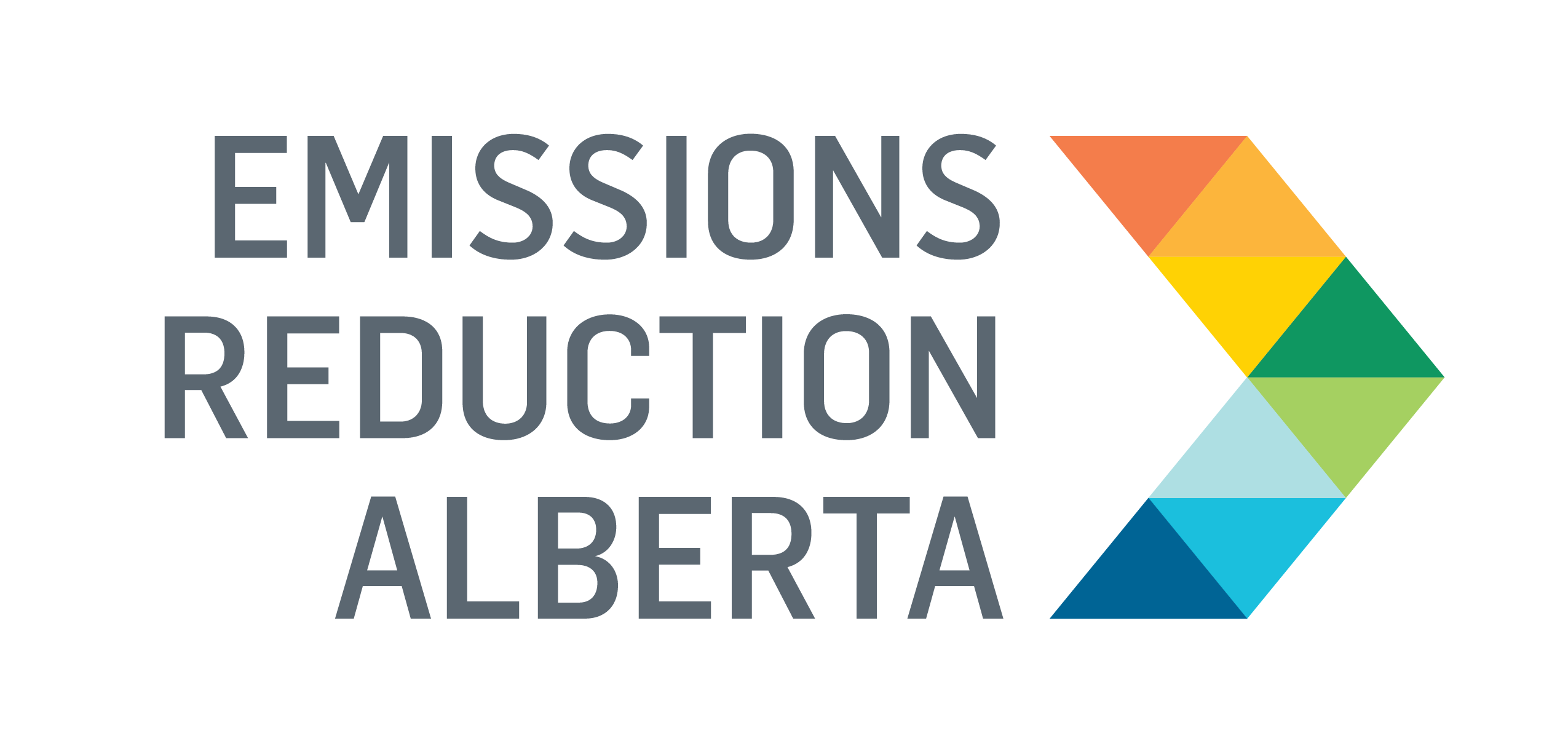Project Overview
Approved for funding in ERA’s Shovel-Ready Challenge in 2021, Elemental Energy and Cold Lake First Nations completed the development, construction, and commissioning of the Chappice Lake Solar and Storage Facility. By completion in 2023, the project successfully installed the first utility-scale vanadium flow battery direct current (DC)-connected to a solar generation facility in Alberta that will produce emission-free electricity to Alberta’s grid for the next 35 years.
DC-Connected Dispatchable PV Facility with Vanadium Flow Battery
The Chappice Lake Solar Storage project includes a 22.1MWdc/13.9MWac PV installation paired with a first-of-kind 2.9MWac/8.3MWh vanadium flow battery (VFB), supplied by Invinity Energy Systems. DC-connected batteries allow the facility to maximize the use of a grid-constrained site and realize economies of scale by increasing solar capacity. The system is expected to generate ~37,600 MWh annually of clean electricity, able to power 5,000 homes each year. The solar electricity reduces significant carbon emissions over the 35-year lifespan.
Additionally, the VFB battery material used to store energy does not degrade or lose energy capacity. The electrode component can be reused or recycled and poses no fire risk. Calgary-based Arcus Power Corp manages the battery dispatch (charge and discharge) with an automated process involving machine learning algorithms. Aiming to use this project as a template for a DC-connected PV-VFB configuration that can be deployed at new projects in Alberta.
Paving the Way for the Expansion of Alberta’s Utility-Scale Solar Industry
The project achieved the first successful integration of DC-connected flow batteries to a utility-scale solar project. It developed a custom Power Plant Controller (PPC) to manage the flow of power to and from the grid, solar project, and batteries that were able to maximize the battery benefits while respecting the interconnection limits. Additionally, the project created significant local and provincial employment as well as technical skill development and capacity-building opportunities.
The project achieved the highest and best use of otherwise grid-constrained land, maximizing installed solar capacity and generation. It was the first successful use of machine learning battery dispatched in Alberta, which is unique to the Alberta energy market. The team also successfully designed and implemented a smart Heating, Ventilation, and Air Conditioning (HVAC) controller designed to minimize electrical demand charges by maximizing the use of heat generated from the Battery Energy Storage System (BESS) and maximizing electrical heating during solar hours, subject to energy prices. The team also enabled the development of an environmentally controlled shed house for the batteries, allowing them to function during the extreme cold of Alberta temperatures.
This project was conducted in partnership with the local Indigenous group, Cold Lake First Nation, as an investor and co-owner, benefiting from revenue and capacity development.
What’s next?
VFB commissioning requires an initial charge that brings the batteries into their normal operational state, with voltage available at the batteries’ terminals. Most inverters available on the market would not operate if there is no voltage available at the battery terminals. During the project, Invinity developed a proprietary method for working around this inverter limitation, thus allowing the combined battery-inverter system to initiate the initial charge. This method was successfully demonstrated for the first time during the commissioning of the Chappice Lake project and will be reused by Invinity for further projects in Australia and North America.
Increasing project sizes, such as the Chappice Lake project, enabled Invinity to invest in a Canadian manufacturing base, expanding its manufacturing capacity to 200 MWH of vanadium flow batteries per year. Chappice Lake and Elemental are committed to knowledge dissemination of project learnings throughout the project and beyond, and this project highlights how to effectively and responsibly develop solar energy projects with battery storage in Alberta. Invinity’s VFB technology has been deployed and is operational across several projects, not just in Alberta and Canada but also internationally in the United Kingdom.
